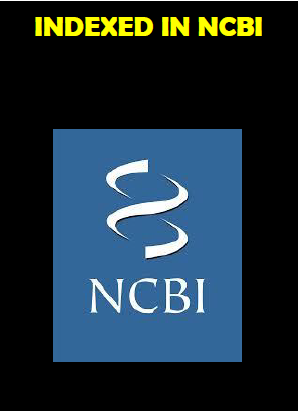
e-ISSN 2320-2955, p-ISSN 2249-2569, ISBN 978-81-909047-9-7
INTERNATIONAL RESEARCH JOURNAL OF HUMANITIES,
ENGINEERING & PHARMACEUTICAL SCIENCES
(An International Registered Research Journal) - Now IJHEPS Recommended By International Committee of Medical Journal Editors, USA
- Now IJHEPS Recommended By International Committee of Medical Journal Editors, USA
| PHARMACY | |
|---|---|
| Title | A CONCISE REVIEW ON DRUG DELIVERY THROUGH INNER EAR: EMPHASISED ON INTRACOCHLEAR IMPLANT BASED DRUG DELIVERY SYSTEMS |
| Authors | Nidhi Raval , Viral Shah & Amruta Jethwa |
| Page No | 6-15 |
| Code | Int./JUNE15/PH1023 |
| Affiliation | NIPER, Gujarat, INDIA |
| Abstract | Intra-cochlear drug delivery is delivery of therapeutics through round window to the inner ear. Irrespective of continuous innovations and rapidly expanding pipeline for developing potential devices for cochlear therapeutics, drug delivery to and through inner ear remains a challenging target. Further exploration and development of new technologies to deliver safe and efficacious concentrations of therapeutics through and to the inner ear is the need of the hour. Several drug delivery strategies using biomaterials has been emerged in last decade to improve the effectiveness of intra chochlear drug delivery. In context to cochlear implants drug is delivered to the cochlea through implanted devices made of synthetic or biomaterials, either during or after cochlear implant surgery. Present article concisely reviews drug delivery strategies through and to inner ear, including systemic, intratympanic, and intracochlear delivery systems. The article summarizes all intracochlear drug delivery systems that are either traditional or currently under development and ultimately capable of being combined with emerging therapeutic compounds for its systemic delivery or local delivery for treating inner ear diseases. Recent advancements in intracochlear drug delivery systems including active microfluidic devices, passive osmotic pump based delivery devices and other novel systems that are combined with currently available devices such as cochlear implants are also reviewed. The article focuses on materials and biomaterials used for fabricating cochlear implants, methods for manufacturing stents and scaffolds used as cochlear implants, techniques for characterization of quality and performance of cochlear implants and some recent advances to improve the performance of cochlear implants. |
| Paper | Download |









